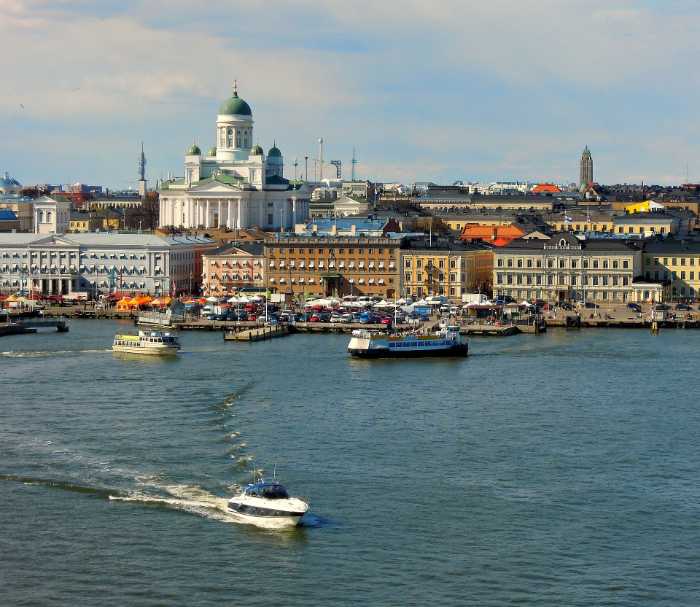
Helsinki
FinlandHelsinki, a city gracing the Finnish peninsula on the Gulf, offers a compelling blend of Nordic efficiency and surprising historical layers. It wasn't always the nation's obvious heart; for a time under Swedish rule, Turku held the capital status, a detail that underscores the shifting power dynamics of the Baltic region. Yet, Helsinki's strategic coastal location destined it for greater things. Consider its foundation: King Gustav Vasa of Sweden established Helsinki in 1550 with the aim of creating a trading hub to rival Tallinn. This ambition, however, didn't immediately translate to a bustling metropolis. For centuries, it remained a rather modest settlement, its growth stunted by conflicts and even a devastating plague in the early 18th century. This slow burn of development adds an intriguing dimension to its current standing as a vibrant capital. Intriguingly, much of modern Helsinki's striking neoclassical architecture owes its existence to a fire. A significant blaze in the early 19th century cleared the way for a grand redesign spearheaded by German-born architect Carl Ludvig Engel, invited by the Russian Tsar after Finland became a Grand Duchy within the Russian Empire in 1809. This Russian influence on Helsinki's cityscape, intended to align it more closely with St. Petersburg, offers a unique visual narrative. Beyond its architectural evolution, Helsinki boasts a remarkable connection to the sea, with over 300 islands within its city limits. This archipelago isn't just a scenic backdrop; it's integral to the city's identity, offering residents and visitors alike opportunities for island hopping, recreation, and a tangible link to Finland's maritime heritage. Furthermore, Helsinki has a somewhat unexpected nickname: "The White City of the North." This moniker isn't due to its winter snowscapes, though those are certainly picturesque, but rather to the prevalence of light-colored granite used in the construction of many of its prominent buildings, creating a distinct visual harmony. Finally, for those with a penchant for linguistic trivia, the Finnish language spoken in Helsinki is famously challenging for outsiders. Its unique grammar and vocabulary, belonging to the Finno-Ugric family, set it apart from most other European languages, offering a fascinating glimpse into Finland's distinct cultural and historical roots. To explore Helsinki is to uncover a capital shaped by Swedish ambition, Russian influence, devastating events, and a deep connection to the surrounding Baltic Sea, all contributing to its unique and compelling character.
 Finlandia Hall
Architectural Landmark
Finlandia Hall
Architectural Landmark
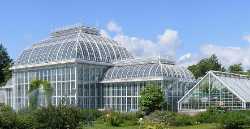 Kaisaniemi Botanic Garden
Botanical Garden
Kaisaniemi Botanic Garden
Botanical Garden
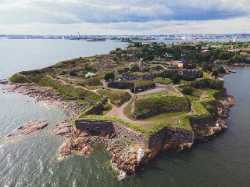 Suomenlinna Sea Fortress
Castle
Suomenlinna Sea Fortress
Castle
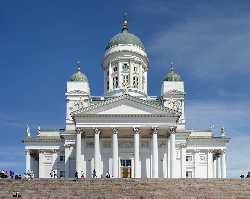 Helsinki Cathedral
Cathedral
Helsinki Cathedral
Cathedral
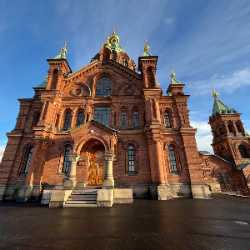 Uspenski Cathedral
Cathedral
Uspenski Cathedral
Cathedral
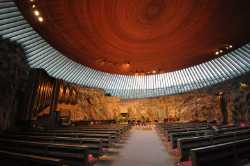 Temppeliaukio Church
Church
Temppeliaukio Church
Church
 Helsinki Music Centre
Cultural Centre
Helsinki Music Centre
Cultural Centre
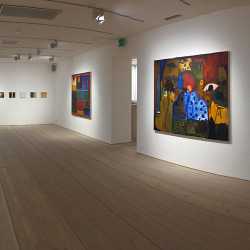 Galerie Forsblom
Gallery
Galerie Forsblom
Gallery
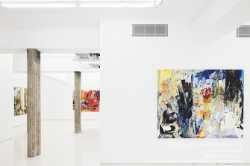 Helsinki Contemporary
Gallery
Helsinki Contemporary
Gallery
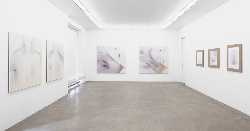 Galerie Anhava
Gallery
Galerie Anhava
Gallery
 Galleria Sinne
Gallery
Galleria Sinne
Gallery
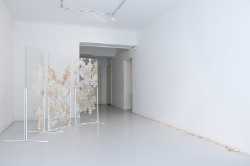 Ama Gallery
Gallery
Ama Gallery
Gallery
 Galleria Huuto
Gallery
Galleria Huuto
Gallery
 Forum Box
Gallery
Forum Box
Gallery
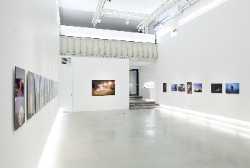 Photographic Gallery Hippolyte
Gallery
Photographic Gallery Hippolyte
Gallery
 Parliament House Helsinki
Historic Landmark
Parliament House Helsinki
Historic Landmark
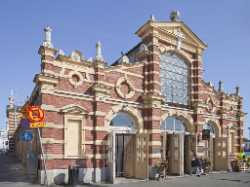 Vanha Kauppahalli
Market
Vanha Kauppahalli
Market
 Kauppatori
Market
Kauppatori
Market
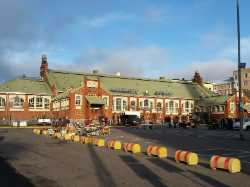 Hietalahti Market Hall
Market
Hietalahti Market Hall
Market
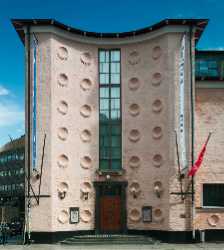 Kunsthalle Helsinki
Museum
Kunsthalle Helsinki
Museum
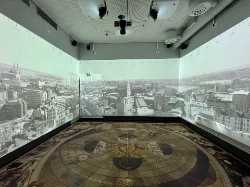 Helsinki City Museum
Museum
Helsinki City Museum
Museum
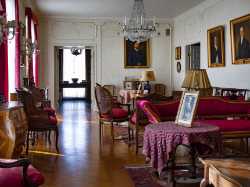 Mannerheim Museum
Museum
Mannerheim Museum
Museum
 Suomenlinna Museums
Museum
Suomenlinna Museums
Museum
 Finnish Museum of Natural History
Museum
Finnish Museum of Natural History
Museum
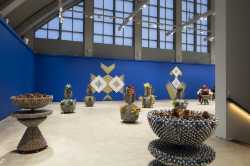 HAM Helsinki Art Museum
Museum
HAM Helsinki Art Museum
Museum
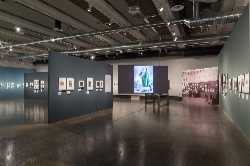 The Finnish Museum of Photography
Museum
The Finnish Museum of Photography
Museum
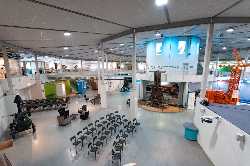 Museum of Technology
Museum
Museum of Technology
Museum
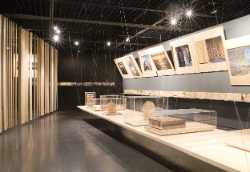 Museum of Finnish Architecture
Museum
Museum of Finnish Architecture
Museum
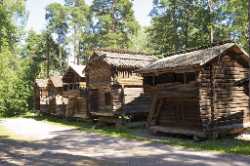 Seurasaari Open-Air Museum
Museum
Seurasaari Open-Air Museum
Museum
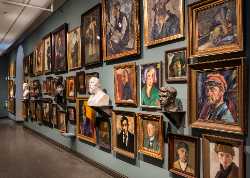 Ateneum Art Museum
Museum
Ateneum Art Museum
Museum
 Amos Rex
Museum
Amos Rex
Museum
 Designmuseo
Museum
Designmuseo
Museum
 National Museum of Finland
Museum
National Museum of Finland
Museum
 Kiasma Museum of Contemporary Art
Museum
Kiasma Museum of Contemporary Art
Museum
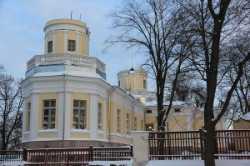 Helsinki Observatory
Observatory
Helsinki Observatory
Observatory
 Kaivopuiston tähtitorni
Observatory
Kaivopuiston tähtitorni
Observatory
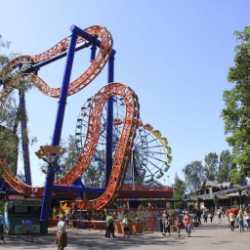 Linnanmäki Amusement Park
Park
Linnanmäki Amusement Park
Park
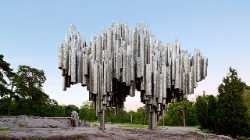 Sibelius Park
Park
Sibelius Park
Park
 Kaivopuisto Park
Park
Kaivopuisto Park
Park
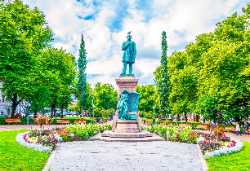 Esplanadi Park
Park
Esplanadi Park
Park
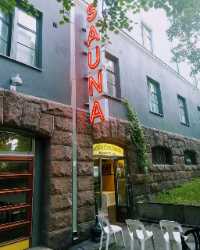 Kotiharjun Sauna
Sauna
Kotiharjun Sauna
Sauna
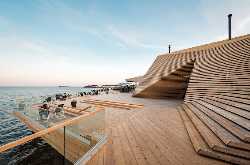 Löyly
Sauna
Löyly
Sauna
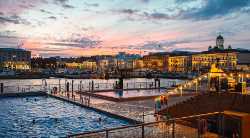 Allas Sea Pool
Swimming Pool
Allas Sea Pool
Swimming Pool
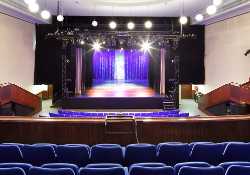 Savoy Theatre
Theatre
Savoy Theatre
Theatre
 Finnish National Theatre
Theatre
Finnish National Theatre
Theatre
 SkyWheel Helsinki
Tourist attractions
SkyWheel Helsinki
Tourist attractions